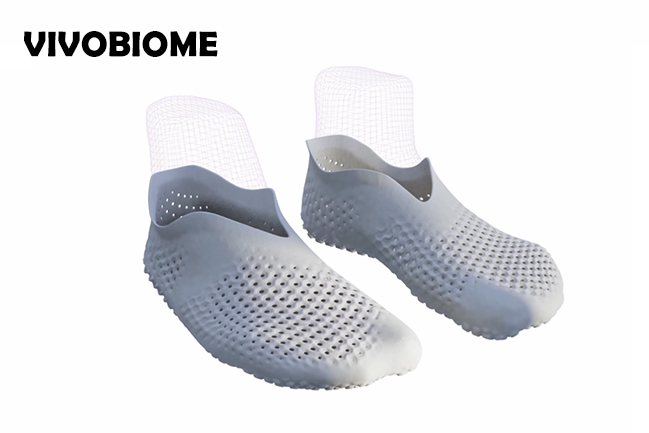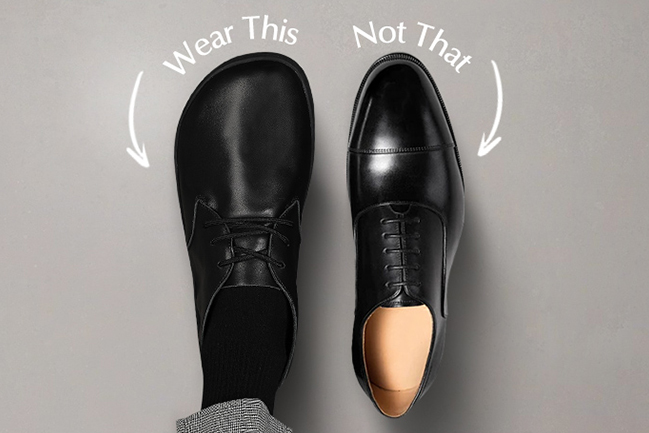Welcome to the exploration of new materials and technologies for barefoot shoes in the spring of 2025. As a Chinese barefoot shoe factory that provides customized services to global barefoot shoe brands and companies (B2B cross-border trade), we are committed to tracking the latest trends in the industry to ensure that we provide our customers with top-notch products. This article will explore the innovation of materials and technologies for barefoot shoes in the spring of 2025, covering sustainable materials, advanced fabrics, 3D printing, grounding technology, smart insoles and innovative sole designs, and will give examples based on specific brands.
Background and Market Overview
Barefoot shoes are designed to simulate the feeling of walking barefoot, emphasizing flexibility, minimal cushioning, and wide toe box design to enhance foot strength and natural movement. According to market research, the barefoot shoe market is expected to reach $945 million by 2030, with a compound annual growth rate of 5.5% (Barefoot Shoes Market Size & Trends 2024-2034). Consumers are increasingly concerned about health and environmental protection, driving the demand for sustainable and comfortable shoes.
New Material Trends
Sustainable Materials
By spring 2025, barefoot shoe manufacturers will pay more attention to sustainable materials to address environmental concerns. Recycled plastics, bio-based materials, and plant-based fabrics such as organic cotton and hemp will become mainstream. For example, Xero Shoes’ Prio shoes use 100% organic cotton and natural rubber, emphasizing environmental durability (Xero Shoes). Vivobarefoot’s Primus Trail FG shoes use 100% recycled polyester and Vibram EcoStep soles to reduce carbon footprint (Vivobarefoot). Lems Shoes’ Men’s Primal 2.0 also uses organic cotton and natural rubber for consumers seeking natural comfort (Lems Shoes). These materials not only reduce the carbon footprint, but also provide durability and comfort.
Advanced Fabrics
The development of new fabrics will enhance the comfort and functionality of barefoot shoes. These fabrics are more breathable, flexible and durable, and some integrate moisture wicking and antimicrobial treatments to keep feet dry and healthy. Tencel Lyocell Filament has attracted attention for its sustainability and high-performance properties, suitable for outdoor activities such as hiking or running (Creating synthetic-free footwear uppers). Some fabrics even provide UV protection, enhancing the versatility of barefoot shoes.
Technological Innovations
3D Printing Customization
3D printing technology is changing the way barefoot shoes are made. It allows for precise customization, ensuring that the shoe fits the foot shape perfectly for each wearer. Although not yet widely adopted by barefoot shoe brands, companies such as Zellerfeld have begun exploring 3D printed shoes, which may bring more customization possibilities to barefoot shoes in the future (3D Printed Shoes: What’s Available on the Market Today?). This technology is particularly suitable for creating complex designs and patterns that cannot be achieved with traditional manufacturing methods, suitable for consumers who seek a personalized experience.
Smart Insoles
Smart insoles are entering the barefoot shoe field, providing real-time data to track foot movement, pressure points and gait. Brands such as Boogio and Salted offer smart insoles to help athletes optimize performance and prevent injuries (Boogio | Smart Insole Technology, SMART INSOLE | PRODUCT | SALTED). Although not yet widely used in barefoot shoes, 2025 may see more brands integrating this technology, and data can be synchronized through mobile applications for detailed analysis, providing new tools for daily health management.
Grounding Technology
Grounding or grounding technology is another trend worth noting. Shoes equipped with this technology connect to the earth’s natural electrical charge through special soles or insoles, which studies show may bring health benefits such as reduced inflammation and improved sleep (The 20 Best Barefoot Shoes for Running or Walking (2025)). Brands such as Groundz and Bahé offer grounding shoes that use conductive materials such as copper or leather soles to enhance the connection with the environment (Groundz | Natural Grounding Barefoot Shoes & Sandals, Bahé – Grounding shoes). These designs provide additional health benefits while maintaining the barefoot feel.Click to view our latest barefoot shoes styles.
Innovative sole design
Sole design will continue to be optimized to provide the best flexibility, grip and durability. Thin and flexible soles are still preferred to mimic the natural movement of the foot, but the added grip and multi-layer structure design provide additional cushioning without sacrificing the barefoot experience. In the future, soles may be made of mycelium or plant-based materials to balance environmental protection and performance (Is This the Future of Footwear?).
An interesting finding is that some brands have begun to combine smart insoles with mobile applications, allowing users to analyze foot data through mobile phones, which provides new tools for daily health management. For example, Boogio’s smart insoles can track balance and power in real time, suitable for golf enthusiasts to optimize their swings (Boogio | Smart Insole Technology).
Customization services and industry impact
As a Chinese factory that provides customization services to global brands, we are well aware of the value of these new materials and technologies. Our production capabilities range from the selection of sustainable materials to the skilled application of grounding technology, 3D printing technology may also be developed in the future. To ensure that we meet the diverse needs of our customers. In the spring of 2025, these innovations will help us better serve the international market and enhance product competitiveness.
Conclusion
In the spring of 2025, new materials and technologies for barefoot shoes will significantly improve user experience and environmental impact. From recycled materials to smart insoles, these innovations reflect the industry’s commitment to health, comfort and sustainability. As an industry leader, we will continue to track these trends and provide top-notch customization services to global customers.



